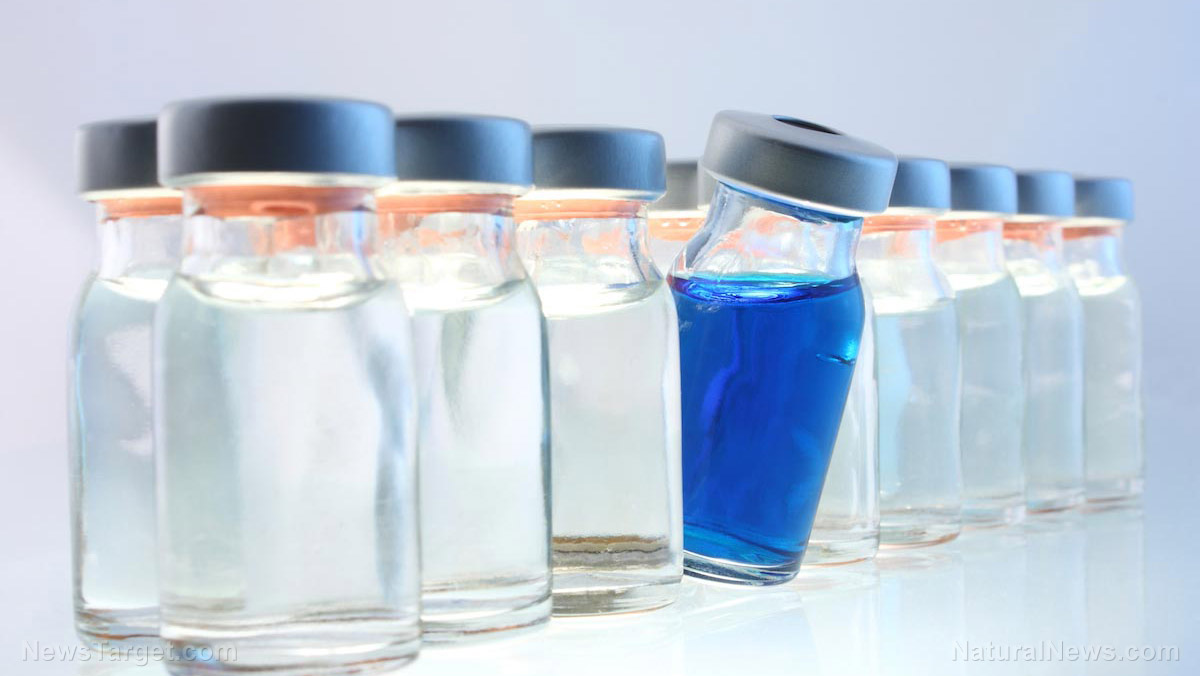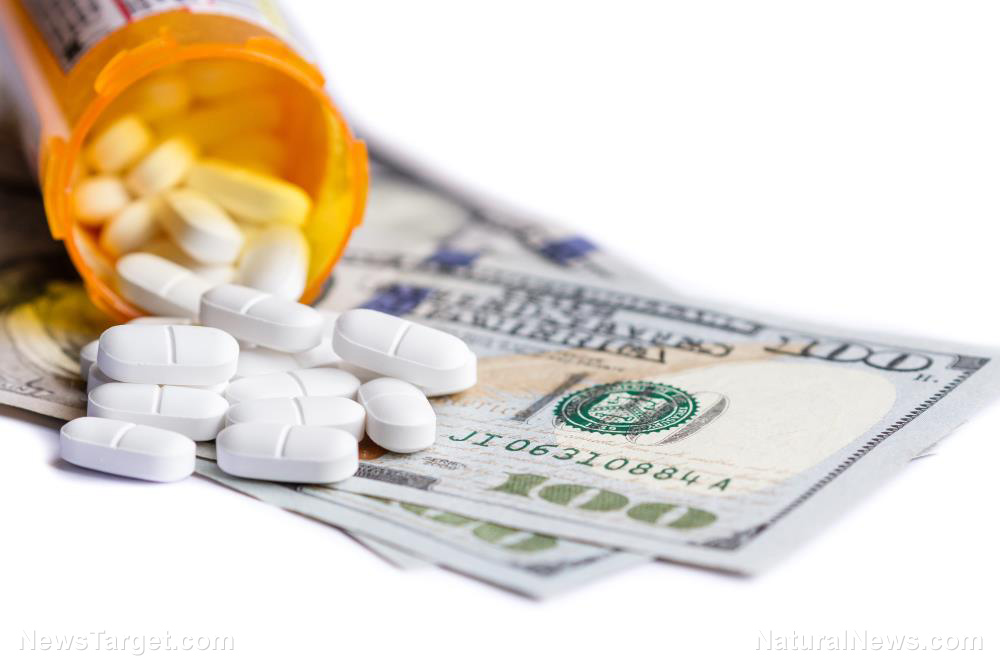Pharmaceutical contamination of rivers more widespread than previously known, study finds
02/24/2022 / By Mary Villareal

Pharmaceutical manufacturing sites are among the primary contributors of drug contamination that has polluted rivers all over the world, according to a U.K. study. Moreover, it was found that pharmaceutical contamination of rivers is significantly more widespread than initially assumed, and it now constitutes a worldwide hazard to the environment and human health.
A group of experts from the University of York in the U.K. collected over a thousand water samples from 258 rivers in 104 nations and discovered that many of them had dangerously high levels of therapeutic medications. Only two rivers in Iceland and one near Venezuela were untouched, as their residents do not make use of modern medication.
The places with the largest concentrations are Lahore in Pakistan, La Paz in Bolivia and Addis Ababa in Ethiopia. The Kai Tak River in Hong Kong also contained the most medications in a water sample, with 34 pharmaceuticals found.
The most frequently detected drugs were an anti-epileptic drug called carbamazepine, the diabetes drug metformin and caffeine. They were found in at least half of the sites studied.
Drugs that were detected on all continents also include antidepressants (citalopram and venlafaxine), antihistamines (cetirizine and fexofenadine), antibiotics (trimethoprim) and anesthetics (lidocaine).
Antibiotics were also found at dangerous levels in 20 percent of the sites, and many of them had at least one active pharmaceutical ingredient (API) at levels that are considered dangerous for wildlife.
Rivers in Brussels, Belgium and Dallas, Texas were also among the 20 percent of rivers with the greatest drug content. Even Antarctica is not safe, with four different medications discovered on the continent.
The situation is even worse where wastewater treatment is least successful and in regions where pharmaceuticals are generated. (Related: San Diego citizens forced to drink their own pharmaceutical pollution through emergency sewage recycling program.)
APIs usually end up in rivers after they are taken by people and livestock, then excreted into the sewer system or directly into the environment. Some also come out from leaks in pharmaceutical factories.
Levels of antibiotics worrying
What makes the drugs in rivers especially worrying is that there are antibiotics in them, and having antibiotics in rivers can encourage bacteria to develop resistance to the drugs.
Separate research underlined the magnitude of the threat possessed by antibiotic resistance, considering antibiotic-resistant bacterial diseases have killed around five million people in 2019.
Antimicrobial resistance is among the top public health challenges due to the misuse and overuse of antibiotics. A separate paper also estimated that by 2050, antibiotic resistance would be responsible for up to 10 million fatalities per year
The occurrence of drug-resistant bacteria is particularly notable in sub-Saharan Africa and South Asia. The highest degree of antibiotic contamination was found in a river in Bangladesh, where metronidazole levels were 300 times higher than the safe limit. The antibiotic ciprofloxacin was also found in dangerous amounts in 64 other rivers.
Having drugs in waterways endanger both human and environmental health. Medication such as contraceptives, for instance, can hinder fish from breeding and increase their susceptibility, diminishing their populations in the process. Antidepressants also cause starlings to feed less.
To stop this problem, researchers believe that it is important for countries to invest in upgrading their sewage systems and wastewater treatments. According to World Bank data, almost 80 percent of wastewater is dumped into the environment untreated. Hospital waste, water-treatment facilities, septic tanks and pharmaceutical manufacturing sites are all primary contributors of drug contamination, in addition to raw sewage discharge. (Related: Big Pharma’s pharmaceutical waste and pollution destroying the environment.)
Unfortunately, good sewage connectivity and wastewater treatments can be extremely expensive with lots of infrastructure involved. Furthermore, it cannot guarantee the elimination of pharmaceutical concentrations. To reach a global clean water standard, analysts estimate the costs to be at around $47 billion per year, with benefits that include better health and more robust economies for some of the world’s poorest.
More related stories:
Pharmaceuticals are destroying fresh water ecosystems.
Antidepressant use is posing a very real threat to the environment, experts warn.
Watch the video below to learn how to protect yourself from the dangers in your water.
This video is from the What is happening channel on Brighteon.com.
Follow DangerousMedicine.com for more related stories.
Sources include:
Submit a correction >>
Tagged Under:
antibacterial resistance, Big Pharma, discoveries, drugs, Ecology, environment, pharmaceutical fraud, pharmaceuticals, Prescription drugs, superbugs, Water contamination, water health
This article may contain statements that reflect the opinion of the author
RECENT NEWS & ARTICLES
COPYRIGHT © 2017 DRUG CARTELS NEWS


















